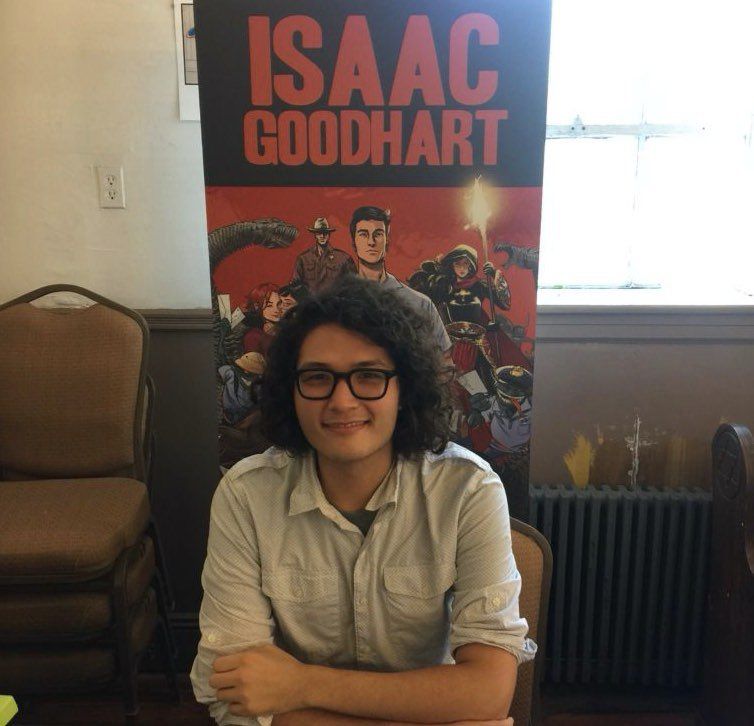Question the Chutzpahdiks: Brooklyn Welcomes The First Edition Of Jewish Comic Con
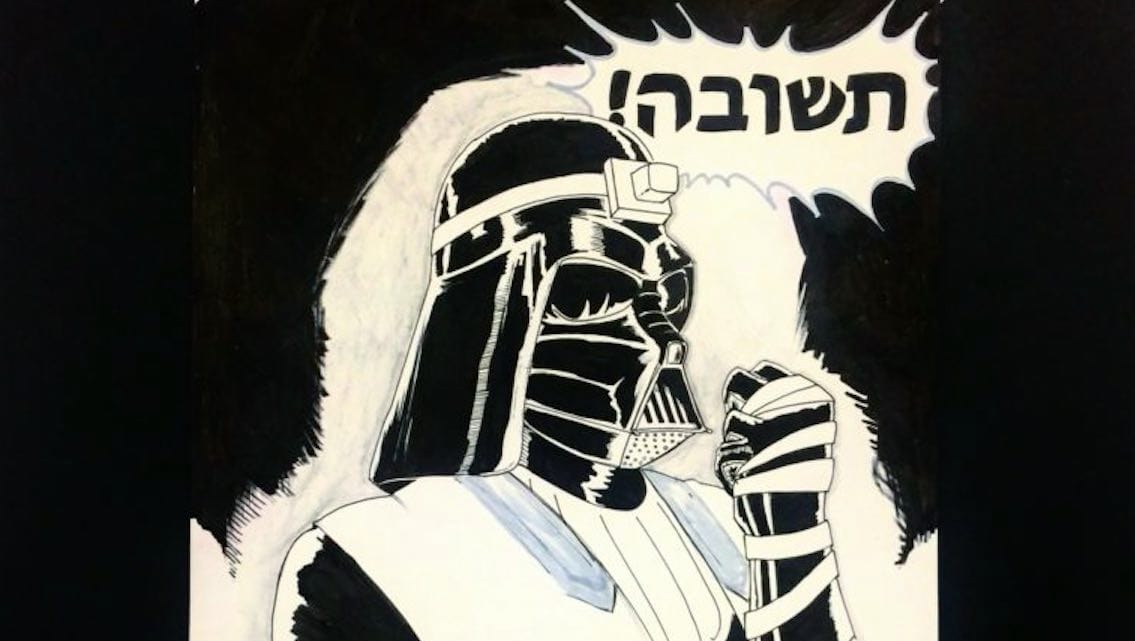
It would have been enough for us to have been graced by an editor of Spider-Man, or a legendary cartoonist, or an editor of Batman, but the Jewish Comic Con gave us so much more.
The sold-out event took place at Congregation Kol Israel (603 St. John’s Place, between Classon Avenue and Franklin Avenue) on November 12 and 13. Jewish Comic Con kicked off with with a preview night, and then went into full swing the following day from 9am to 6:30pm.
“This is your time to question the chutzpahdiks” is the sort of thing you could only hear at Jewish Comic Con, and it was uttered towards the end of a panel entitled “Breaking Into Comics The Chutzpah Way!”
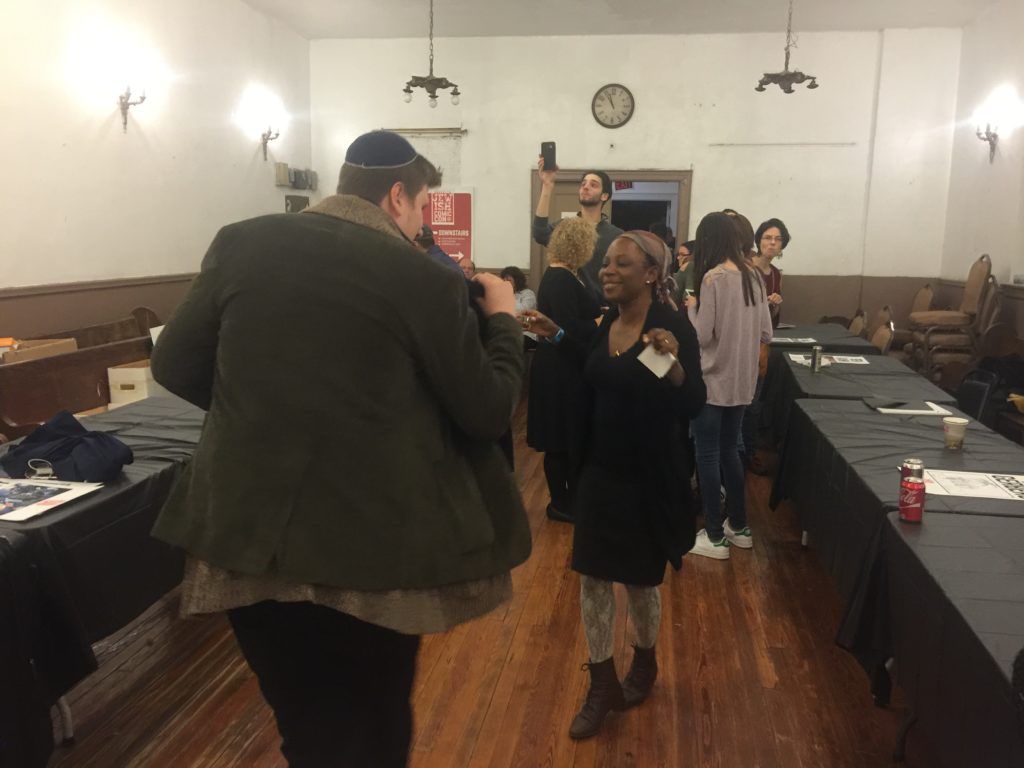
Kol Israel was filled with reverent fans for the con. Upstairs, artists sat at their tables, shaking hands and selling their wares while downstairs, a wide variety of panels touched on the many Jewish, and at times Brooklyn-centric, aspects of comic culture. There was also a silent auction for art that lined the walls downstairs, with proceeds going to benefit Kol Israel.
Preview night included a presentation by Jeff Newelt on the legendary Harvey Pekar, as well as a performance by the Consoul Video Game Music Big Band.
The following day’s panels included an interfaith discussion of “Heroes and Faith”, a focus on independent comics entitled “Indie Voices: Past, Present, and Future”, “Spotlight on Mort Gerberg”, two panels on the Jewish elements and roots of comics, as well as one dedicated specifically to the Jewish themes of Batman.
Jewish Comic Con was the brain child of Fred Polaniecki, the president of the congregation at Kol Israel, and congregant and artist Fabrice Sapolsky.
“Once a week, after services, we gather for a kiddush and a little lunch, and Fabrice and I started talking,” explained Polaniecki, who described how the idea blossomed quickly.
Soon, Sapolsky had enlisted help in actualizing the idea.
“Fabrice contact me when he was first conceptualizing the show, to get me involved. Arie Kaplan and I came up, with Fabrice, with most of the panels,” said legendary former Spider-Man editor and panelist Danny Fingeroth, who added that “Fabrice and Fred have made it a very open event… I think they just want to have an exchange of ideas, philosophies, ideas, and attitudes and that’s what they’ve been getting.”
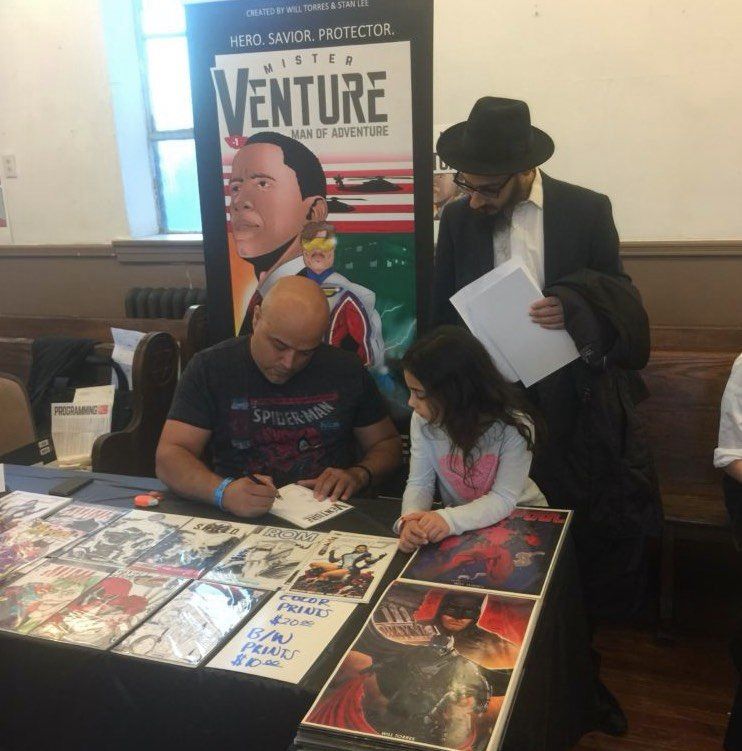
Brooklyn has a long association with comics, including as the birthplace of Captain America and the resting place of a Marvel Comics editor. Panelists, including a pair of Kings County’s native sons, joined for a variety of reasons.
“They gave me an offer I couldn’t refuse, which was a table and to be on some panels. I always take advantage, because that’s part of my community tact,” said Dean Haspiel of Carroll Gardens.
“Because I’m half-Jewish, maybe I need to learn more about this. Despite being in the environment, there’s some osmosis there,” added Haspiel.
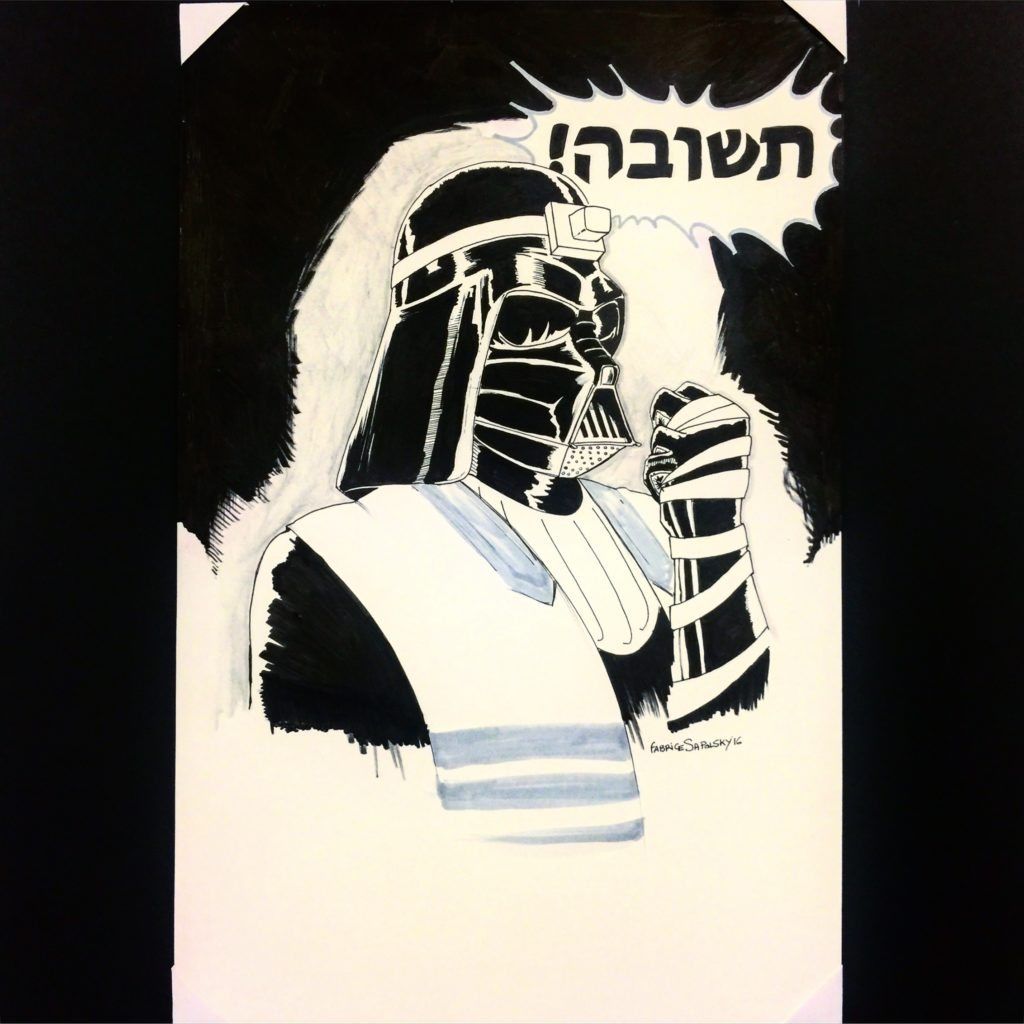
Legendary cartoonist and Brooklyn native Mort Gerberg, whose work has appeared in outlets like The New Yorker and Playboy, was the subject of a panel and met with fans upstairs. Gerberg said that that Fingeroth had helped bring him to the event.
“I’m not looking for it. I just see it,” said Gerberg of how he formulates his cartoons.
“Communication in any form is really great,” said Gerberg, who then stressed the necessity of editing and the way that single panel comics enforce that discretion. “You have to do it properly. The single panel cartoon is the most of all difficult things to do, and it has the highest number of requirements.”

So what tips are there for those aspiring to enter the (other)world of comics?
“Keep it professional with editors, talent, everyone you meet,” advised Sapolsky about getting into the comic business, during a panel on breaking into the industry.
“You do your best when you work out your obsessions, when you incorporate them in your work,” said panelist Arie Kaplan, the author of From Krakow to Krypton: Jews and Comic Books.
With the first edition of Jewish Comic Con in the books, panelists and attendees look onwards and upwards. To 5778 and beyond!
Check out more from the first annual Jewish Comic Con below!

